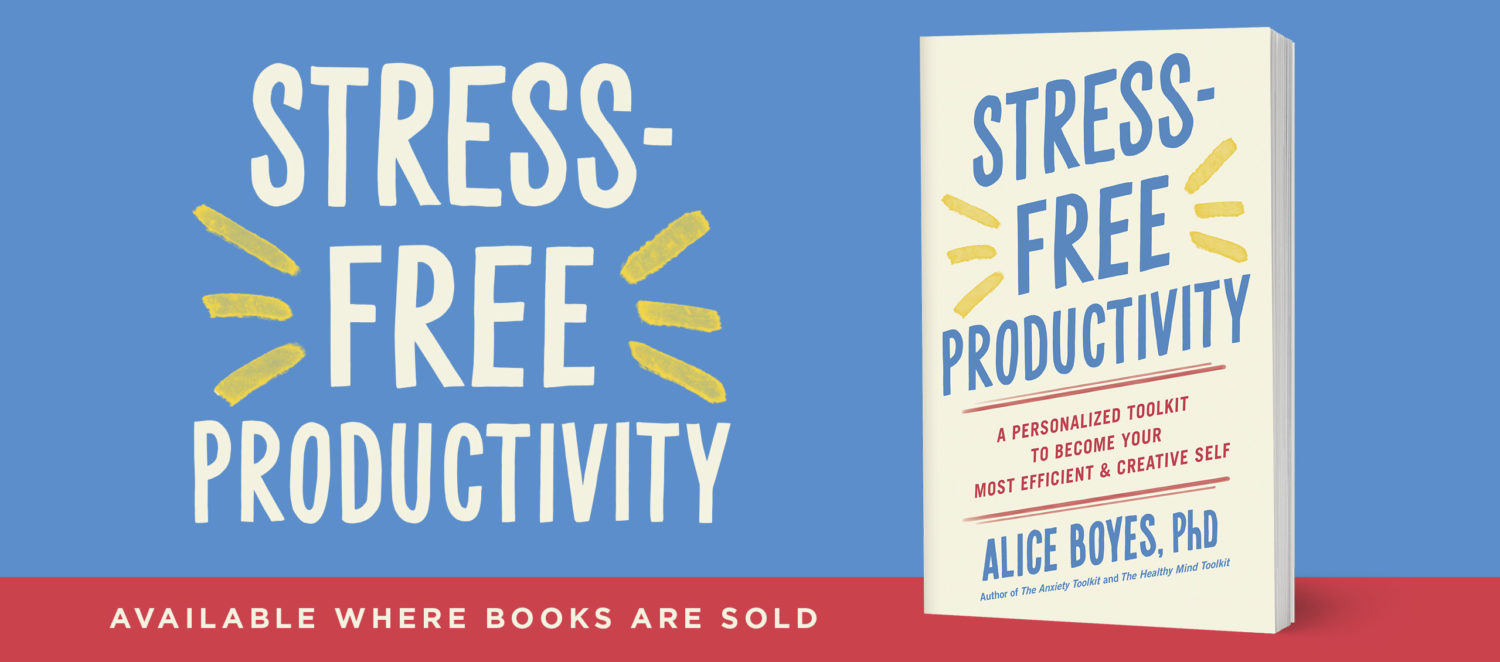What's Keeping You Stuck? (relevant to addictions, eating disorders, overeating, anxiety disorders)
Therapy for problems like addictions, eating disorders or even anxiety disorders, often utilizes a form of a pros and cons list called a Decisional Balance.
A Decisional Balance involves a page divided into 4 quadrants.
For example, for alcohol.
Advantages of continuing drinking.
Disadvantages of stopping drinking.
Disadvantages of continuing drinking.
Advantages of stopping drinking.
Doing it this way tends to yield the best information.
The therapist and client learn what benefits the client is getting from their current behaviour pattern that need to be accessed another way.
The therapist and the client also learn what’s getting in the way of the client stopping their current behaviour. For example, someone who is considering giving up smoking might be very concerned about weight gain. Therapy is unlikely to be effective unless it addresses this. A decisional balance can help highlight this fact.
For someone who is considering changing their eating, one of the very real cons for them of giving up overeating might be that they will have to do something other than overeat to relax when their kids are in bed and they’re trying to wind down or get to sleep. Therapy needs to address these types of issues, in a real way that meets the needs of the client.
A pros and cons list is even used in therapy for excessive worry (Generalized Anxiety Disorder). For example, the client might see one of the advantages of worrying as helping them prevent disasters occurring. With this knowledge, the therapist and client together could then set up a behavioural experiment to reality test this belief..
Often the decisional balance highlights things the client is overlooking, minimizing, or has an element of denial about. For example, the smoker’s list does not include that their skin is likely to look older due to smoking. Or, the drinker’s list does not include the $ they spend on alcohol even though they spend more than they can afford. Ideally the person would get specific about how much they spend. Advantages/disadvantages related to this might include: debt, opportunity cost/what else they might prefer to spend the $ on, arguing with their partner about spending, lying about and hiding the amount of $ they spend on alcohol, feeling blocked (overwhelmed) about getting control of finances because of alcohol spending.
All this said, the way a Decisional Balance is used in therapy is not about the therapist convincing the person of the need to change. Its your life! Its used as a tool for exploring what change would mean for the person. If the person does decide to make a change, the information from the Decisional Balance is used for treatment planning.




